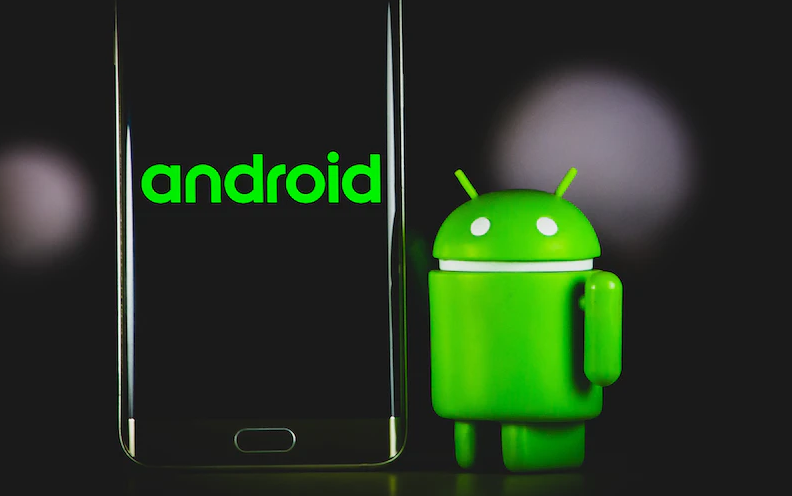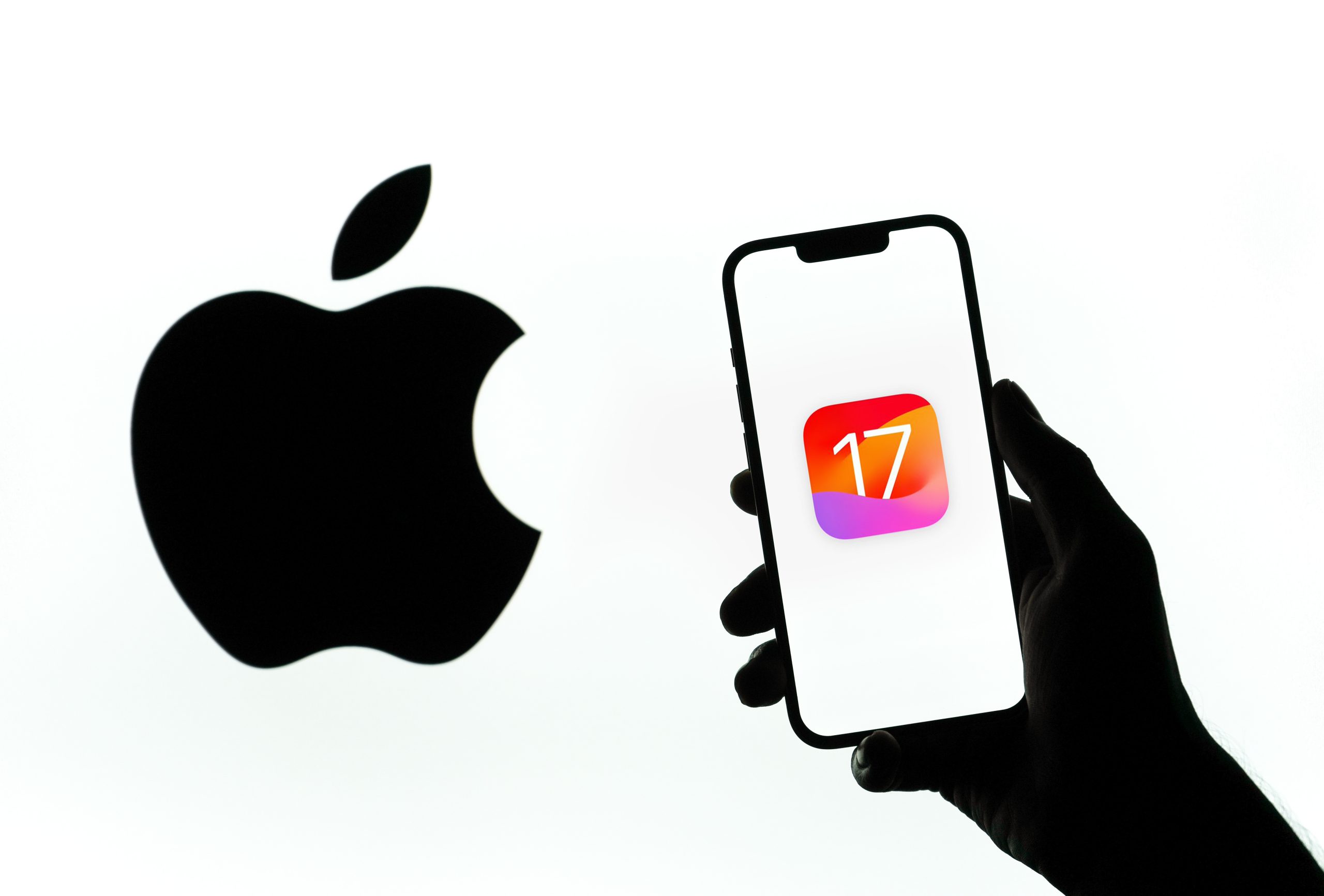If you have ever noticed that your Android smartphone is overheating while using a simple application or playing a casual game, this is likely due to the CPU or GPU ramping up to its Max clock frequency. Hitting the max clock frequency is generally a good thing when it comes to regular Android smartphone users, as it tries to complete the job quickly so it can drop the chip back to an idle state.
This burst performance can be excellent when the application is not constantly doing something but what if you are playing a mobile game or recording some video then the device is continuously doing something and this can cause it to start heating up while also chewing through your battery life. So, in this article, we want to show you how to underclock the CPU and GPU of your Android smartphone or tablet using an application that requires root access. The app we will be using in this guide is called Ex Kernel Manager, which is from the well-known Community Developer Flair 2.
It is a Premium app from the Google Play Store but we have also seen some free kernel manager applications on the Play Store. However, some of the ones we have used in the past have either stopped working on Modern devices or disappeared entirely. If you know of a free or open-source kernel manager app that still works, please share it’s name in the comments section below. The process we will be showing you in this article should be the same for any kernel Manager application you can find. The only difference will be that the user interface layout has changed since they should all have a way to set the max clock frequency for both the CPU and the GPU of your Android smartphone or tablet.
Steps to underclock the CPU and GPU on Android
The first time you open the Ex kernel Manager Application, you will be asked to grant root access. Once you have given root access to the application, it will then ask you to select a folder on your internal storage that it can access. This is so that the application can save backup settings and create backups of your kernel. After you have set all of that up, you can dive into the CPU section of the application by tapping the hamburger menu in the top left corner.
Configuring CPU Settings
This is where you will want to configure the CPU cores of the device and from here, you can change the CPU governor, the minimum and maximum CPU frequencies for the different clusters, disable specific CPU cores and more. We want to warn everybody to be careful about which settings you change using this application. For example, suppose you change the CPU governor to something like power save or conservative. In that case, you are likely to notice a poor performance of your device or it’s dropping drastically in terms of performance. Changing the minimum CPU frequency to something really high could quickly overheat the cores and cause the device to stay in a throttled state.
Underclocking the CPU
This may be something that you actually want to do, but just understand that changing these options without knowing what they can do could have a significant impact on your Android device’s performance and battery life. So, to underclock the CPU of your Android smartphone or tablet, you have to select the max CPU frequency option and then change it to something that isn’t the largest number on the list. On our sample device, we can hit a Max CPU clock frequency of 1785 megahertz but we can drop this to 1574 megahertz to prevent that CPU frequency from hitting it’s Max clock.
That will reduce the amount of battery it takes to use that CPU while also reducing the overall heat generation when using those CPU cores. Changing this from the largest number on the list to something lower will limit the device’s performance. However, setting this to the lowest number will likely cause the device to become too slow. We only recommend dropping this down a few clocks at a time, for example, going from 1700 to 1500, and then after making the change, test the phone to see if you notice it performing drastically differently. Suppose it slows the phone down too much; back this setting up by a clock or two and then test it again.
Making Persistent Changes
You will notice that there could be multiple CPU cluster options there and you will want to change the max CPU frequency for each cluster if you want to underclock those CPU cores as well. After making these changes, you will also want to activate the enable on boot option for those core clusters for which you are making the change. You can do that by tapping the power button next to that option and switch it on to Blue.
Configuring GPU Settings
If you don’t set this option, the application will reset these changes after you reboot the Android device or tablet. After you have underclocked the CPU cores to something you are comfortable with, you can do the same for the GPU. This is done by tapping the hamburger menu icon at the top left and then selecting the graphics option. You will see similar options there, including the ability to change the GPU governor, set the minimum and maximum GPU core clocks and more.
Underclocking the GPU
If you usually play casual mobile games on your device and notice that it generates too much heat while you are playing or if you see that the phone uses a lot of battery life while playing this game. Then, experiment with reducing the max GPU frequency from something that isn’t the largest number. Our sample device was The Samsung Galaxy S22, and we can hit a Max GPU frequency of 818 megahertz but we have reduced this to 545 megahertz so that it doesn’t heat up as much when performing specific tasks.
Finalizing Changes
Both of these changes can save you battery life and reduce the heat generated while using your phone and we encourage you to experiment with them on your Android smartphone or tablet. If you are unsure what you are changing, just make sure you don’t activate the enable on boot option with the power icon next to it. If the enable on boot option is not activated, then all of the changes you have made to this application will revert to their original settings when the device has been restarted.
Conclusion
Changing the kernel options, as we have done in this article, used to be limited to only those people who have installed a custom kernel on their smartphone or tablet. But some of these kernel manager apps work just fine when using the stock kernel and we can save battery life while also preventing the device from heating up so much by under-clocking the CPU or GPU frequencies.
Experiencing difficulties with your device, check out our “How To” page on how to resolve some of these issues.






